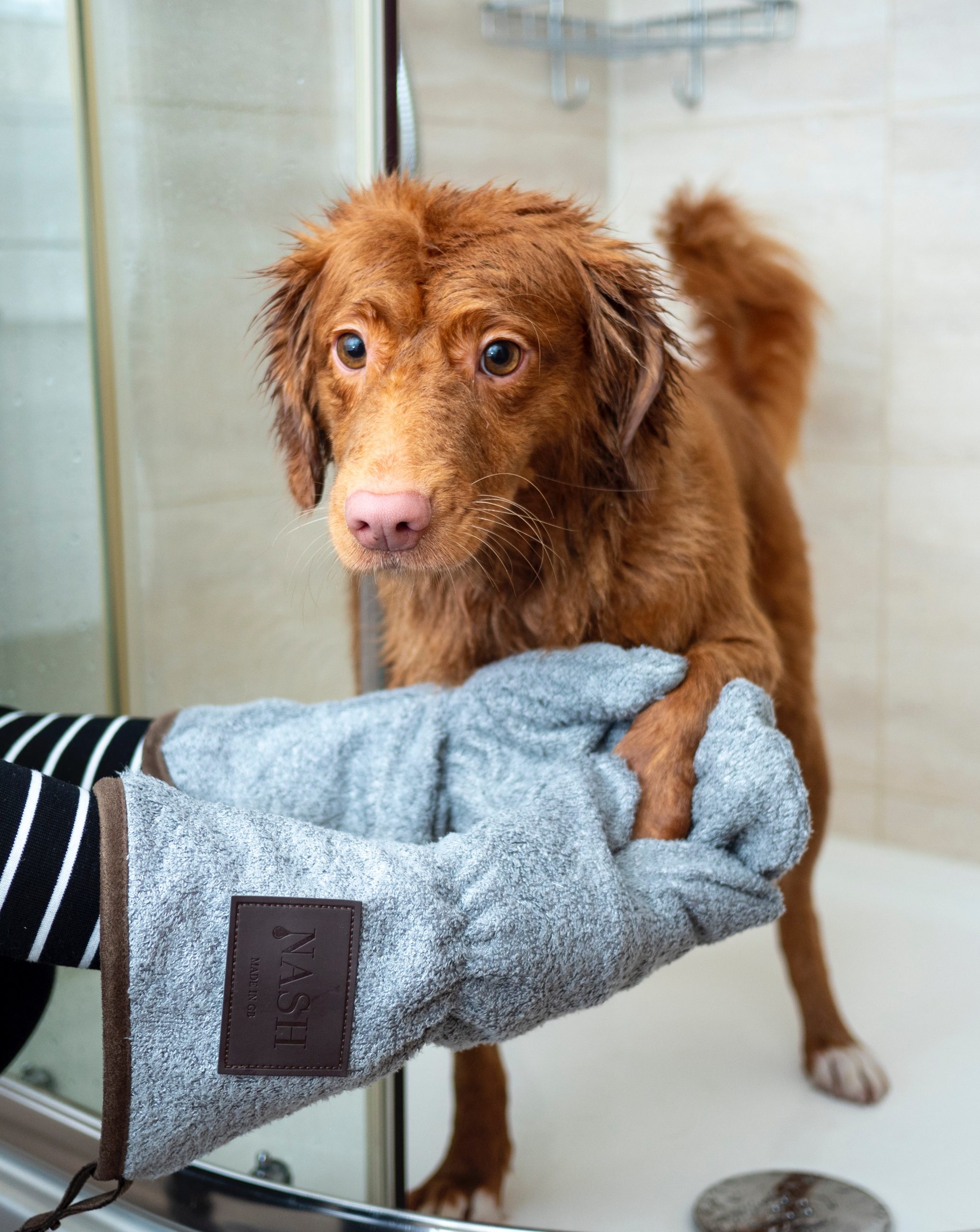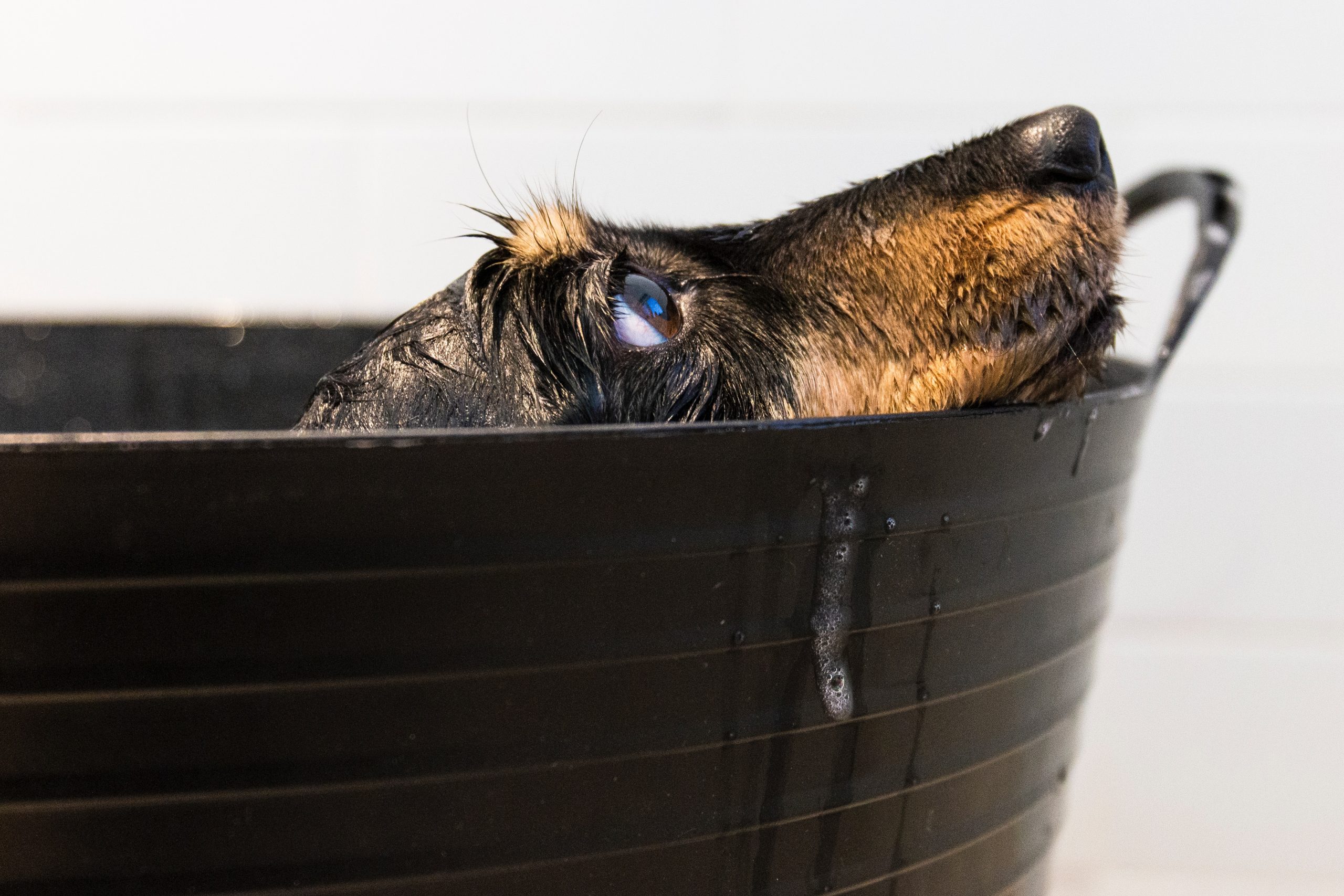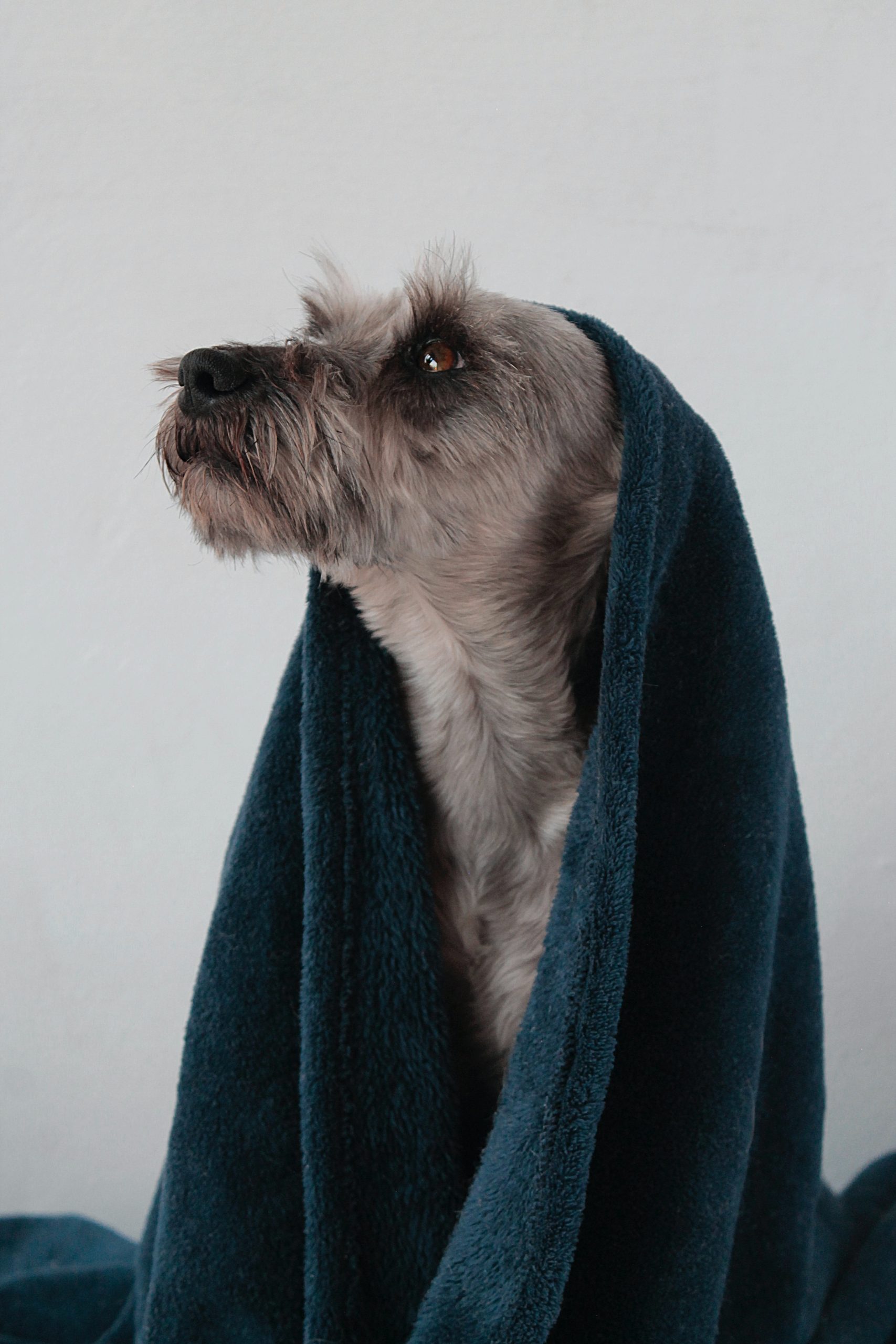Mastering the Art of Dog Grooming: Overcoming Common Challenges and Ensuring a Happy Pup
This article provides tips and techniques for dealing with common dog grooming challenges, including managing gunk and hair, controlling shedding, trimming nails, grooming uncooperative dogs, and when to seek professional help.
Common Grooming Challenges Faced by Beginners
When grooming a dog, beginners often face the challenge of dealing with the gunk and hair that dogs bring into the house. To manage this, it’s crucial to have the right grooming tools and supplies on hand. For example, having a high-quality pet hair vacuum can help keep the house clean by effectively removing pet hair from floors, furniture, and carpets. Additionally, using lint rollers or handheld pet hair removers can quickly tackle any stray hairs on clothing and upholstery, making it easier to maintain a clean living space despite shedding.
Shedding can also be a common challenge for beginner dog groomers. It’s important to establish a grooming routine that includes daily wiping with a damp cloth to pick up loose hair and weekly brushing to remove dead hair and distribute natural oils. This not only helps in controlling shedding but also contributes to the overall health and appearance of the dog’s coat. Moreover, using grooming gloves while brushing can provide a soothing massage for the dog, making the grooming process a more enjoyable experience for both the pet and the groomer.
When it comes to tackling mats in a dog’s hair, beginners can face the difficulty of removing them without causing discomfort to the dog. One effective approach is to start by using fingers to gently work through the outer layers of the mat, followed by using a dematting tool or a slicker brush to carefully untangle the remaining strands. Additionally, using a detangling spray or conditioner can help smoothen out the mats, making them easier to comb through. By using the right tools and techniques, beginners can effectively address matting issues while ensuring the dog’s comfort during the grooming process.
Nail Trimming, Health Implications, and Safety Concerns
Trimming a dog’s nails is not only important for their overall health and well-being but also for their comfort. Overgrown nails can cause discomfort and may lead to joint pain and posture issues, affecting the dog’s mobility and quality of life. By regularly trimming a dog’s nails, the risk of these health issues can be significantly reduced, contributing to the dog’s overall happiness and vitality.
When it comes to trimming a dog’s nails at home, using the right tools is essential. Pet nail clippers or grinders designed specifically for dogs are recommended to ensure a safe and effective trimming process. Positive reinforcement, such as offering treats and praise, can also help create a positive association with nail trimming, making the experience more pleasant for the dog. For instance, gradually introducing the sight and sound of the nail clippers to the dog before the actual trimming process can help alleviate any anxiety or fear they may have.
In addition to the health implications for dogs, it’s crucial for dog groomers to be mindful of the potential health risks associated with their profession. Groomers may be exposed to allergens from pet dander, as well as zoonotic diseases that can be transmitted from animals to humans. Therefore, using personal protective equipment, such as masks and gloves, is essential to minimize the risk of exposure to allergens and pathogens. By prioritizing safety measures and hygiene practices, groomers can create a safer and more secure environment for both themselves and the dogs they groom, ultimately promoting the well-being of all parties involved [1].
Grooming Uncooperative Dogs
Grooming is essential for all dogs, particularly those with long hair, as it helps prevent mats, tangles, and skin issues. Long-haired breeds like the Shih Tzu, Maltese, and Yorkshire Terrier require regular grooming to maintain the health and appearance of their coats. However, grooming these dogs can be challenging due to their tendency to become uncooperative during grooming sessions. For example, a Shih Tzu may display resistance by squirming and trying to escape, making it difficult to brush or trim its fur.
To address the challenges of grooming uncooperative dogs, it’s important to prioritize the pet’s needs and comfort. This involves creating a positive grooming experience by offering treats, praise, and reassurance throughout the process. For instance, rewarding the dog with a small treat after each successful grooming task can encourage cooperative behavior over time. Additionally, understanding the dog’s body language and reactions is crucial. A dog’s subtle cues, such as lip licking, yawning, or avoiding eye contact, can indicate stress or discomfort, allowing the groomer to adjust their approach accordingly. By being attentive to these signals, the grooming process can be adjusted to make it more comfortable for the pet.
Furthermore, gradual desensitization and exposure to grooming activities in a calm and familiar environment can help reduce the dog’s anxiety and resistance. For instance, introducing the dog to grooming tools and equipment gradually, starting with short and positive interactions, can help the dog become more accustomed to the process. This gradual approach can help build the dog’s confidence and trust, making future grooming sessions less stressful for both the dog and the groomer.
Seeking Professional Grooming Help and Conclusion
When it comes to grooming a dog at home, safety should be a top priority. Using bite-proof gloves and restraints, as well as being attentive to the dog’s comfort during the grooming process, are crucial safety measures. For example, when trimming a dog’s nails, using the right tools and ensuring the dog is relaxed and calm can help prevent accidents and injuries. By prioritizing safety, both the dog and the groomer can have a more positive and stress-free grooming experience.
In some cases, grooming challenges may become too overwhelming for beginners to handle on their own. This is where seeking professional grooming help becomes essential. Professional groomers not only have the knowledge and expertise to address complex grooming issues, but they also have access to specialized tools and products that can make the grooming process more efficient and comfortable for the dog. For instance, a professional groomer may have specific techniques for removing tough mats in a dog’s hair or managing shedding more effectively. Knowing when to seek assistance from a professional groomer can ultimately lead to better grooming outcomes and a happier, healthier dog.
In summary, prioritizing safety and seeking professional help when needed are key components of effectively managing common dog grooming challenges. By understanding the importance of safety measures and knowing when to enlist the expertise of a professional groomer, dog owners can ensure that their pets receive the best possible grooming care.



